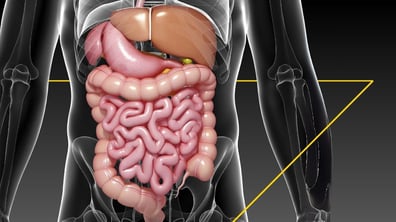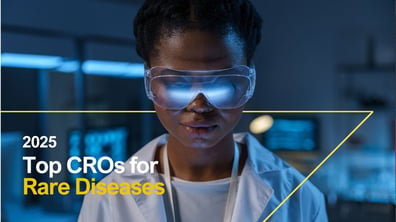Akoya Biosciences has certified Precision for Medicine as part of its global network of Qualified CRO services providers. Precision for Medicine, as a recognized leader in the field of tissue and liquid biopsy analysis to support therapeutic development, has demonstrated excellence in using Akoya’s PhenoImager® HT (formerly known as the Vectra Polaris) quantitative imaging platform for multiplex immunofluorescence (mIF) assays. Precision has an established history of leadership with this platform; in 2018, Precision for Medicine partnered with Akoya in expanding the uses of the PhenoImager HT, including becoming the first company to use this platform to analyze circulating tumor cells in support of oncology therapeutic development. This recognition as a certified partner is a further demonstration of Precision’s focus on pushing forward the science of clinical development.
We are excited to be an Akoya certified partner, which exemplifies Precision’s commitment to leveraging state of the art technologies to help accelerate our customers’ clinical research programs as they strive to create transformational therapies for patients with cancer, autoimmune disorders, and other complex diseases.
Jesus Garcia, PhD, Senior Scientific Liaison at Precision for Medicine
Clinical Utility of Multiplex Immunofluorescence Tissue Profiling
Multiplex immunofluorescence is a technology that allows for simultaneous detection of multiple target proteins in the same tissue section with single-cell data resolution. Tissue multiplexing immunofluorescence capabilities allow for the detection of up to 9 colors, which can be used to phenotype and identify important cell populations, and also to provide information on the spatial distribution and activation state of different types of immune cell populations within a sample.
At Precision for Medicine, we have developed a digital pathology workflow for the PhenoImager HT incorporating automation at nearly every step – which is essential in limiting errors and variability, maximizing throughput, and reducing time to result. (Figure 1).

This workflow generates complex spatial information of a tumor or tissue sample, visualizes the spatial distribution of proteins within a single cell, and provides information on pharmacodynamics, mechanism-of-action, and progression or state of disease. Importantly, Precision offers quantitative and high throughput mIF on fresh and archival tissues and cells isolated from liquid biopsies (e.g., circulating tumor cells).
Case Study
In a recent study, we demonstrated the ability of our molecular profiling tools to detect patients who might exhibit improved therapeutic response based on analysis of tumor infiltration by CD4+ and CD8+ cells. Once the tissue was classified, an infiltration analysis tool was used to define regions of quantification of immune cell infiltration. These deep insights into the level of immune cell infiltration allowed for distinction between hot and cold tumors, data which can be used for exploratory endpoints and screening, with potential use in clinical trials to determine eligibility and to stratify patients who are most likely to respond to immunotherapy.
Example: Immune cell infiltration analysis and histogram

You can learn more about how to leverage multiplex immunofluorescence in this white paper, Quantitative Multiplex Immunofluorescence: A Powerful Tool for Oncology Therapeutic Development. In it, we explore approaches to maximize the utility of mIF for studying diseases in context and for creating opportunities to identify potential biomarkers and new therapeutic targets.
Being an Akoya certified partner is another example of how Precision for Medicine is bringing new technologies, expertise, and operational excellence to improve the speed, cost, and success rate of transformational therapies for patients. Learn more about our other tissue and liquid biopsy analysis services.




